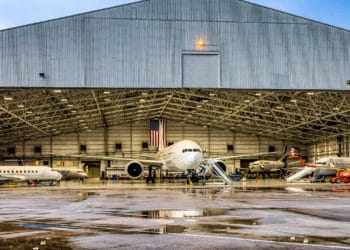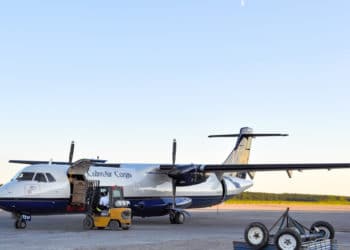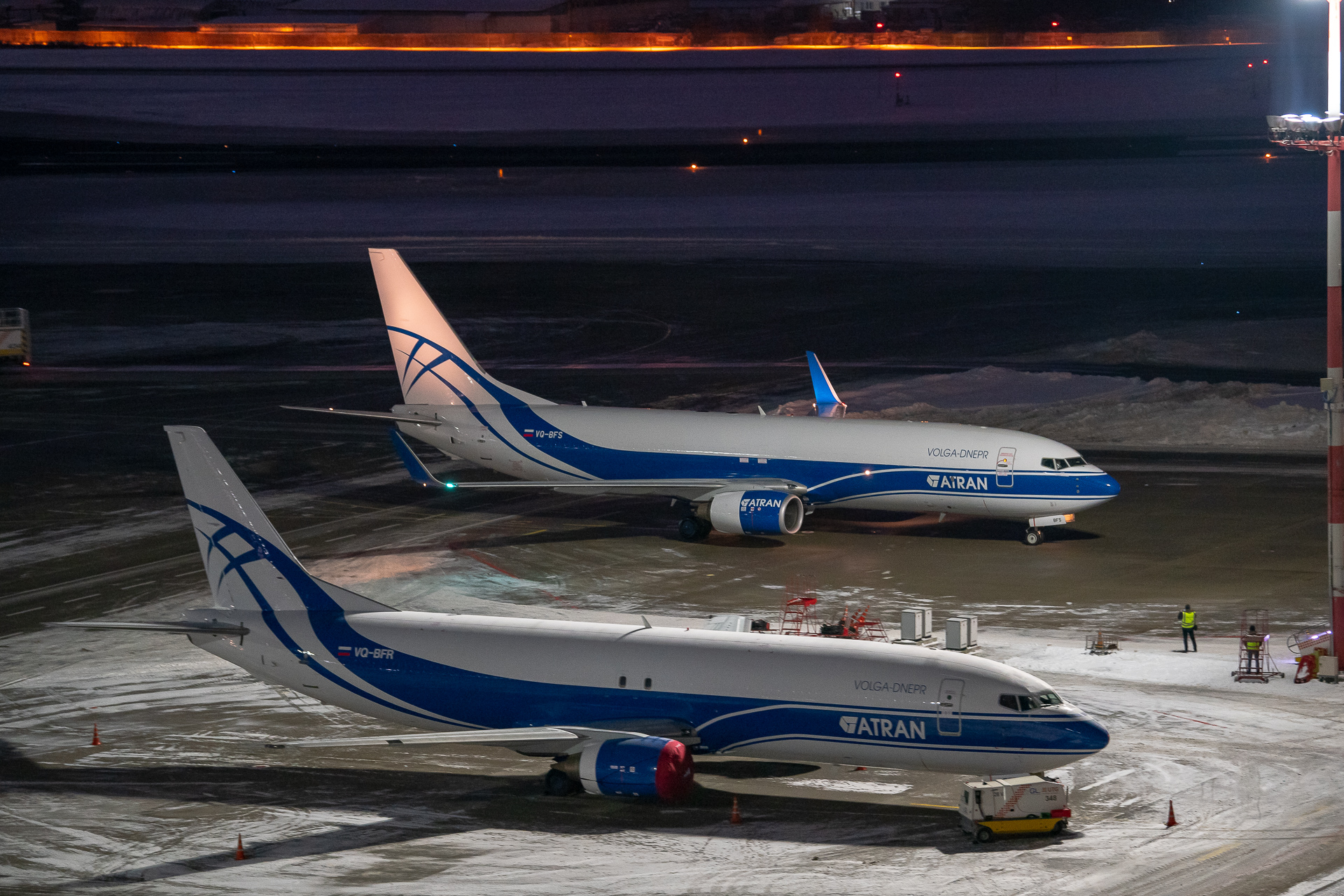No products in the cart.
Freighter Fleet Expansion Projected Amid Dynamic Market Circumstances
 Demand for freighter aircraft is on the upswing, according to a newly-released forecast issued by ACMG.
Demand for freighter aircraft is on the upswing, according to a newly-released forecast issued by ACMG.
According to ACMG, the air freight market will need about 100 new freighters per year over the next twenty years in a “low-growth” scenario, which is based on 3% annual growth in demand. This translates into a 50% increase in the number of freighters by 2033.
A “high growth” scenario, which assumes 5% annual growth in demand for air freight services, would result in more than a doubling of the quantity of freighters in the global fleet by 2033. This produces the need for an average of 150 added freighters per year for the next twenty years. This compares to the historic trend in which approximately 80 freighters (production units and P-to-F conversions) were added per year from 1990-2013.
Even under the extreme case where there was no growth in air cargo demand over the next twenty years, there would be a need for about 60 added freighters per year to offset freighters that would be retired from the existing fleet.
“Some vigor is returning to the air freight market, and when looking over the long term, the outlook for freighters is healthy,” said Robert Dahl, Managing Director of ACMG, and one of the forecast’s authors.
The release of this year’s 20-Year Freighter Forecast comes soon after the recent launch of a the first freighter conversion program for the 737NG aircraft family in the narrowbody market, and amid a period of increased preference by operators for new production freighters in the widebody segment. These are just two factors that contributed to ACMG’s 2014 forecast.
“The robust market for narrowbody freighter conversions stands in stark contrast to the widebody freighter segment, where there is a strong preference for production freighters,” said Robert Dahl, Managing Director of ACMG. “We also found a strong belief by industry participants that belly capacity in passenger aircraft will threaten future demand for freighters in non-express applications.”
ACMG (Air Cargo Management Group), a market research and consulting firm, updates its forecast annually. The ACMG forecast is the only in-depth, independent assessment of future demand for freighters. The newly released 2014 edition covers the period from 2014 through 2033, predicting demand for freighters to meet growth and replacement needs under multiple scenarios of future air cargo market growth. It also includes an overview of the characteristics of the airlines that operate freighters, and an appendix providing a summary of the principal attributes of aircraft types expected to be the primary freighter models in operation through 2033.
ACMG’s forecast is unique in projecting fleet growth in five-year increments. Specifically, the forecast shows demand for individual aircraft types, while taking into account the impact of production freighter deliveries, passenger-to-freighter conversion activity, and the retirement of aging freighters from the existing fleet.
In addition to the basic forecasts noted above, the 2014 report provides a sensitivity analysis showing the impact of future freighter fleet growth in response to variations in freighter productivity and the impact of shifts in the amount of freight that is carried in the belly compartments of passenger aircraft. Shifts in the belly-to-freighter ratio are shown to have a significant potential impact on future freighter requirements.
“Belly capacity remains a key variable in the market for freighter aircraft,” said Alan Hedge, ACMG’s Senior Director, and a co-author of the forecast. “We expect that to remain the case.”
Go to www.FreighterForecast.com to get more details or to order the newly released edition.




